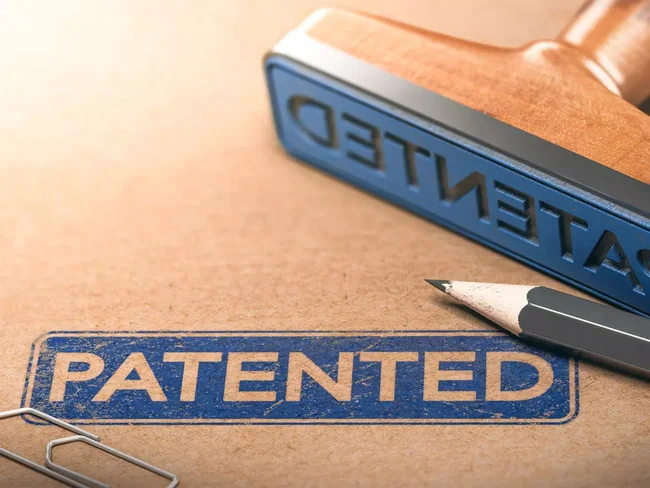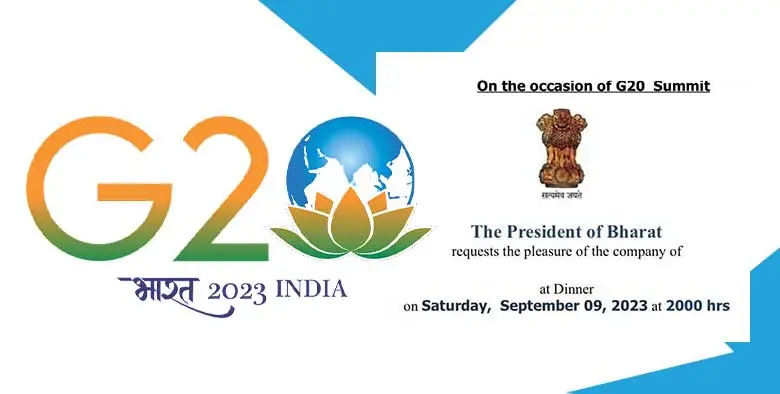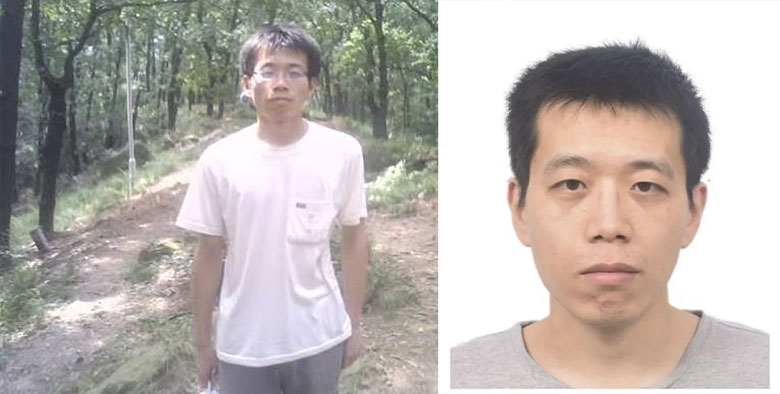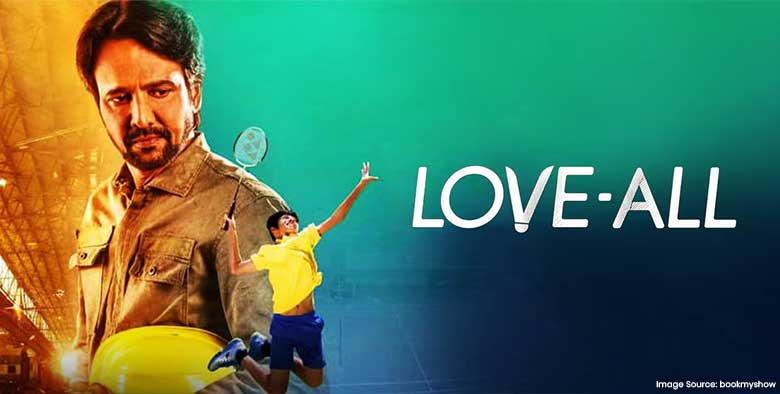Top Stories
- Know Everything About Nipah Virus, Which Is Back In Kerala Again
- Kevin Porter Jr Arrested On His Girlfriend’s Assault Charge
- Market Change Overnight - Know The 8 Things That Did It
- Who Are Alba Baptista And Chris Evans Married On The Weekend?
- Disrupted India vs Pakistan Asia Cup 2023 Match on Reserve Day
- 10 Common Foods That Contain No Calories or Are Very Low in Calories
- Men’s Styling Tips - Know the 9 Common Style Mistakes to Avoid
- Coco Gauff Beats Karoline Muchova and Reaches the US Open Final
- Danny Masterson Gets Life Sentence of 30 Years for Two Rapes
- Experience A Splendid Vacation in Kashmir with These 15 Gorgeous Sights
- India
- Friday , April 26, 2024
- Last Published Sep 12, 2023, 6:48:32 PM

Do you need a prototype before filing a patent?
There has always been confusion over the need for a prototype for a patented invention. Fortunately, you don’t need one. However, it’s essential to know that prototypes are critical if you - as an inventor - are looking to achieve the proof of concept. Ideally, if you are to build a prototype, it is after filing a patent application. If you are developing one, then seek feedback from third-party individuals who will give you unbiased advice that will help you better your product. Do note that the individuals giving feedback should not be family or friends.
Advantages of patenting without a prototype
There are several advantages of patenting without a prototype. These include the following- Reducing the risk of early publicizing or disclosing: If you focus your efforts on building a prototype, it will cost money and run the risk of giving someone else access to your invention, and publishing it. So if you don’t prototype your product, you limit the risks associated with early disclosure
- Doesn’t leave a hole in your wallet: By not putting in money and time into your prototype, you’re going to save money and focus on just getting the legal protection you need
- The patent process is faster: Do your research first before you file a patent. This way, you’re going to save money and instead focus it on just getting the legal protection you need, first.
- Reduce Design Deviation During Patent Prosecution: If you are building a prototype or are actually selling your invention while the patent is pending, there are some downsides because you will inevitably be changing your design based on customer feedback and manufacturers, etc.
- Fully and particularly describe the invention and its operation or use and the method by which it is to be performed;
- Disclose the best method of performing the invention which is known to the applicant and for which he is entitled to claim protection;












